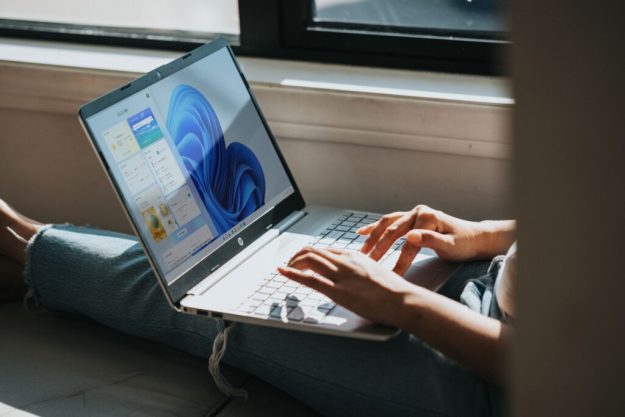Compared to other Windows versions, Windows 11 has a new look and feel. The Start Menu is the center of those changes, as it now lives in the middle of the screen. It also has a new Recommended section, too.
But if you're not happy with how your Start Menu looks, don't be vexed. Here's how to customize the Windows 11 Start Menu to make it just how you like it.

Personalize list of recently added apps, opened items, folders
One of the new features of the Windows 11 Start Menu is the recommended section. This section shows your recently added apps, as well as your recently opened items. If you want to personalize the look of your Start Menu a bit, this area is a good place to start as you can turn these on or off.
Step 1: Open Windows 11's settings with Windows Key and I on your Keyboard. Click the Personalization option in the sidebar.
Step 2: Click to Start and look at the various options. If you don't want to see recently accessed files, toggle the switch to Off. This creates an empty space in your Start Menu, but you can fill it by clicking the toggles for Show recently added apps and Show most used apps.
Step 3: For additional personalization, you also can change which folders appear on your Start menu next to the Power button. Look for this option under Folders and then click the various toggles for which items you want to see next to the power button.

Remove apps or change app order on the Start Menu
Just like in Windows 10 and previous editions of Windows, you can remove certain apps from your Start Menu if you're unhappy with the list. You also can pin and move around your own apps as you see fit. Here's how.
Step 1: To remove an app from the Start Menu, simply right-click on it and choose unpin from Start. The app then disappears from your pinned list.
Step 2: If you want to pin an app in its place, you can simply click the All Apps button, right-click on any app, and choose Pin to Start.
Step 3: At any other time, you can drag around your pinned apps on your Start Menu to change their order and appearance. This can be done by clicking and holding down on the app and then dragging it with your mouse.

Change the Start Menu location
The big change with the Start Menu in Windows 11 is the location. It's in the center of the screen, but if you're more traditional, you can change it back to the left side. Here's how.
Step 1: Open Windows 11's settings with Windows Key and I. Then click the Personalization option. From there, look for Taskbar behaviors.
Step 2: Once you click on Taskbar behaviors look for Taskbar alignment and change it to Left. You should immediately see the Start Menu reposition to the left.

Change the Start Menu color
Don't like the color of the Start Menu? You can change its color to suit your needs. The color change will also impact the Taskbar and your Windows, so bear this in mind.
Step 1: Open Windows 11's settings with Windows Key and I. Then click the Personalization option. From there, look for Colors.
Step 2: Once in the Colors section, switch your theme over to Custom Under the default Windows Mode, pick Dark and then under default app mode, choose your desired option.
Step 3: Next, under Accent color, pick a color that you like. If one isn't listed, you can create a custom color with the View color button. From there, make sure that the toggles for Show accent color on Start and taskbar and Show accent color on title bars and windows borders are both set to On You'll now see some more color on your Start Menu!

Other options with Start11
We've touched on the basic ways to change your Start Menu in Windows 11, but third-party programs can give you more choice. Start11 is one of our favorite programs for this, as it can let you move the Start Menu to the top of the screen, or even bring back the classic Windows 10 Start Menu over to
Editors' Recommendations
- Windows 11 might nag you about AI requirements soon
- You’re going to hate the latest change to Windows 11
- How to disable VBS in Windows 11 to improve gaming
- How to check your laptop battery health
- How to convert FLAC to MP3 on Mac, Windows, and web


